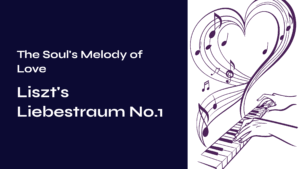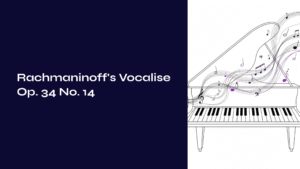Table of Contents
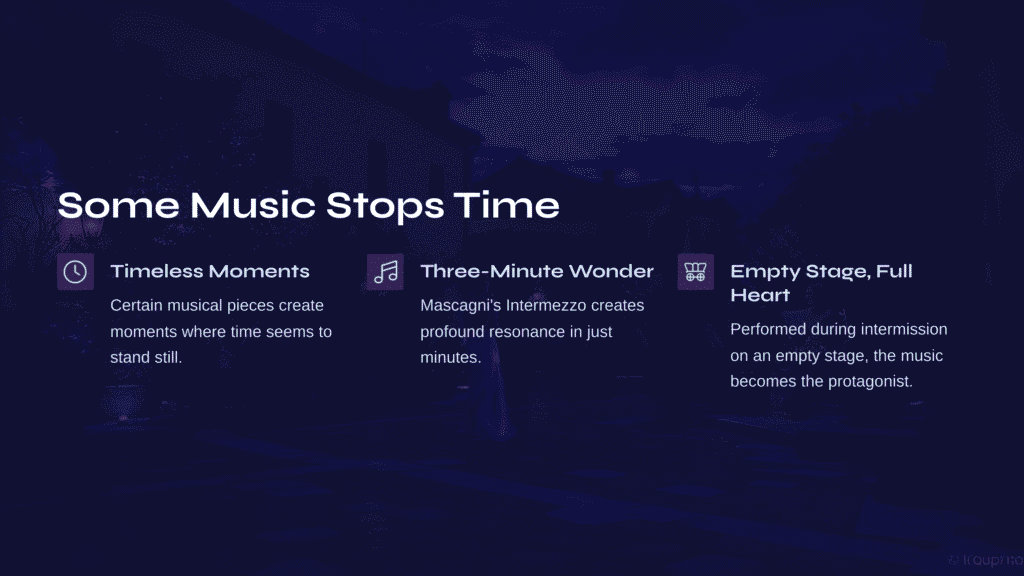
Some Music Stops Time
Certain moments remain etched in memory forever. They feel like time has stopped, when everything becomes silent in that fleeting instant. Every time I listen to Mascagni’s Intermezzo from “Cavalleria Rusticana,” I experience such a moment. How can this small musical fragment of barely three minutes create such profound resonance?
This melody that flows during the opera’s intermission is performed when no one is on stage. An empty stage, a deserted Sicilian square where only the orchestra continues the story. In that moment, music becomes not merely background but the protagonist itself. Like a confession echoing from the depths of the human soul.
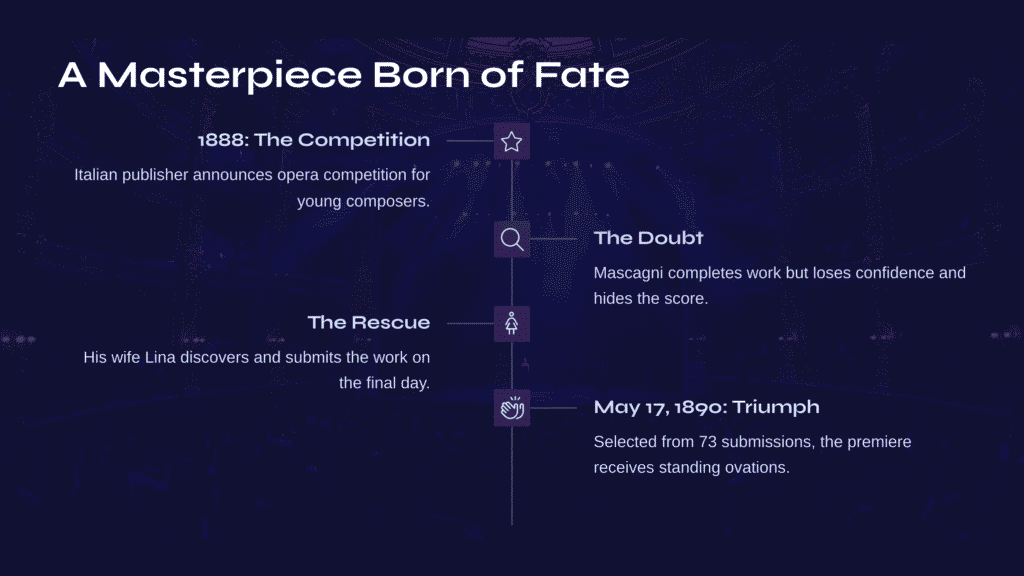
A Masterpiece Born of Fate
In 1888, an Italian publisher announced an opera competition for young composers. At that time, Pietro Mascagni was an unknown musician working as a music teacher in the small town of Cerignola, conducting a local band. With only two months until the deadline, he composed a one-act opera based on Verga’s novel.
But upon completing the work, Mascagni lost confidence. “This isn’t my best work,” he thought. He buried the score deep in a drawer and gave up. Had it not been for his wife Lina, this music would have slept forever in that drawer. She discovered her husband’s work and submitted it on the very last day. Without her decisive action, we would never have encountered this beautiful intermezzo.
Mascagni’s work was selected from among 73 submissions and premiered in Rome on May 17, 1890. That night, the audience rose from their seats in applause, and Mascagni was called to the stage multiple times. A moment of lost confidence had nearly changed history.
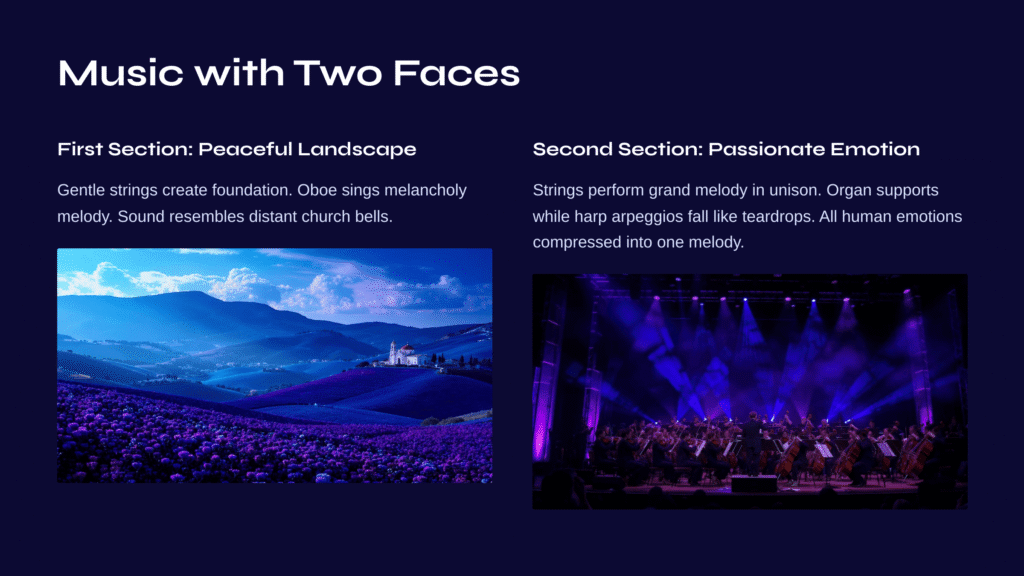
Music with Two Faces
The intermezzo is performed between two scenes of the opera. It comes right after Santuzza reveals Lola’s affair to Alfio, when the Easter mass ends and the village square empties. The curtain remains up while the stage stands empty, with only the orchestra remaining to continue the narrative.
This three-minute piece reveals two different faces. The first section is like a peaceful Sicilian landscape bathed in sunlight. Strings create a gentle foundation while the oboe sings a melancholy melody. That sound resembles distant church bells—sacred yet nostalgic.
Then in the second section, the music reveals a completely different character. The strings perform a grand, passionate melody in unison. The organ supports this while delicate harp arpeggios fall like teardrops. This moment’s melody truly moves the heart. It’s as if all human emotions have been compressed into a single melody.

Verismo: Singing Reality
“Cavalleria Rusticana” is considered the first work of the verismo (realist) movement in Italian opera history. Verismo brought ordinary people’s daily lives and emotions to the stage instead of mythological or historical figures. Rather than nobles’ grand love stories, it dealt with jealousy and betrayal in rural Sicily, and duels for honor.
The intermezzo perfectly embodies this verismo spirit. It focuses on direct, honest emotional expression rather than elaborate techniques or complex structures. The power to pierce directly into the listener’s heart—that’s this music’s appeal. While technically accomplished, its strength lies more in its ability to move the human heart.
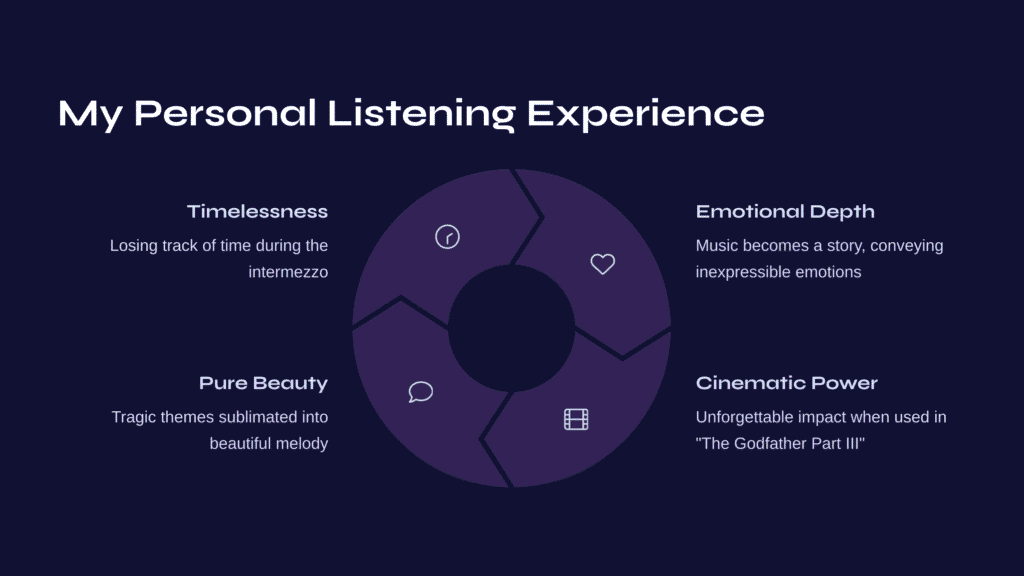
My Personal Listening Experience
Every time I hear this intermezzo, I lose track of time. Especially the second section where strings play in unison—that melody is truly special. In that moment, music becomes not just sound but a story. Like someone whispering in my ear, emotions that cannot be expressed in words are conveyed.
Listening to this music, I often wonder: How can humanity’s primal emotions of love and betrayal, jealousy and revenge be sublimated into such beautiful melody? Despite knowing the tragic fate of the opera’s characters, this intermezzo approaches us as pure beauty.
The emotion I felt when this music played in “The Godfather Part III” is unforgettable. I was reminded anew of music’s power—its ability to move human hearts across time and space.
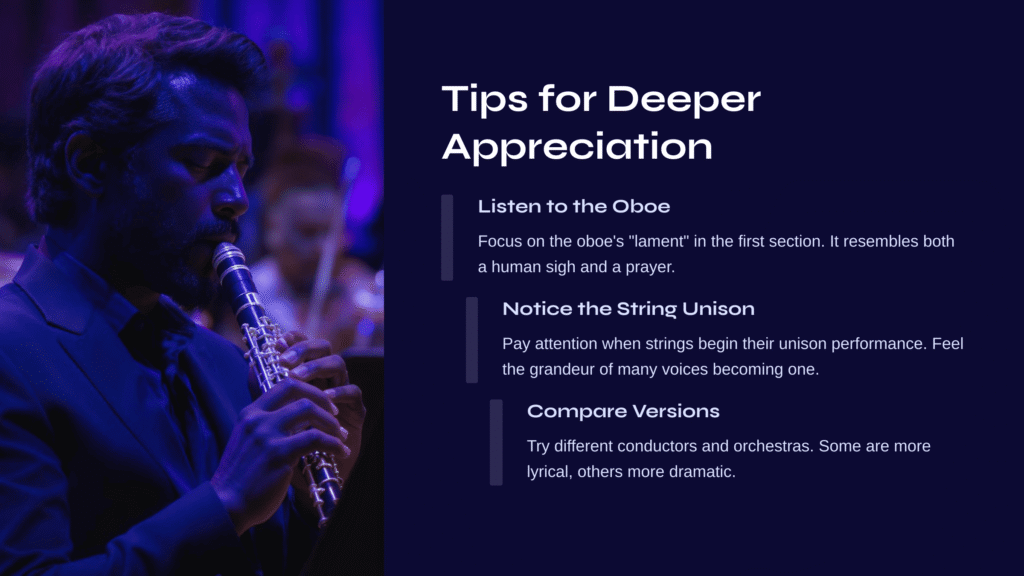
Tips for Deeper Appreciation
To appreciate this intermezzo more deeply, focus on several key points.
First, listen carefully to the oboe’s role. The “lament” that the oboe plays in the first section determines this music’s emotional coloring. That sound resembles both a human sigh and a prayer carried on the wind.
Second, don’t miss the moment when the strings begin their unison performance. The emotion of that instant when multiple instruments merge into one voice is truly special. You can simultaneously feel the grandeur and warmth of dozens singing with one voice.
Third, try comparing different versions. The same piece can feel completely different depending on the conductor and orchestra. Some performances are more lyrical, others more dramatic. There’s joy in discovering new aspects in each interpretation.
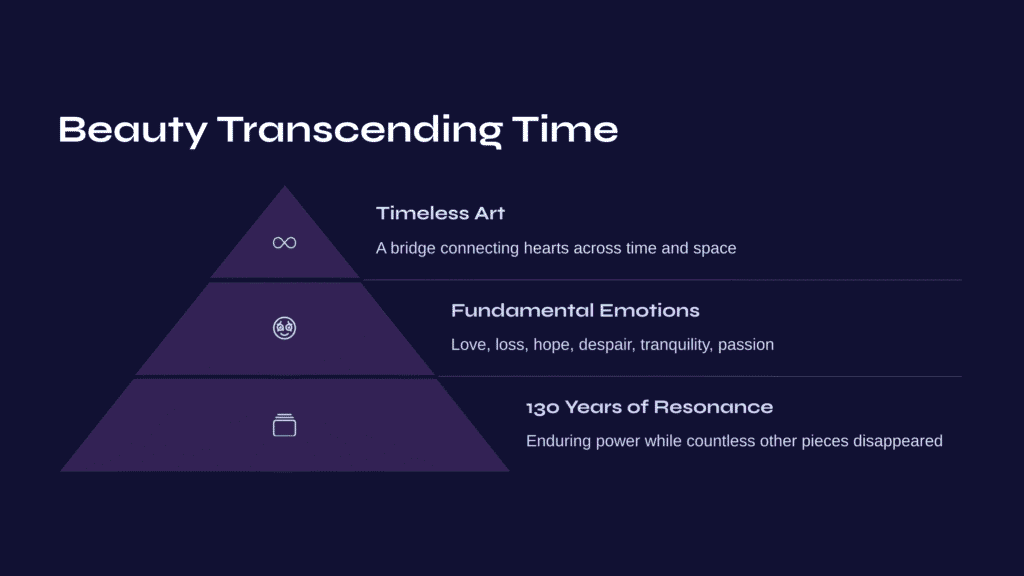
Beauty Transcending Time
Mascagni’s intermezzo has endured for over 130 years. During that time, countless pieces of music have been born and disappeared, but this small musical fragment continues to move people’s hearts. Whether in concert halls or films, it provides unchanging emotion wherever it resonates.
What is the power this music possesses? Perhaps it’s because it contains humanity’s most fundamental emotions. The joy of love and pain of loss, hope and despair, tranquility and passion. All of this is perfectly dissolved within three short minutes.
Music transcends time. And Mascagni’s intermezzo is perfect proof of this. A story that occurred in a Sicilian village 130 years ago still touches our hearts today. Isn’t this the power of true art? To serve as a bridge connecting heart to heart across time and space.
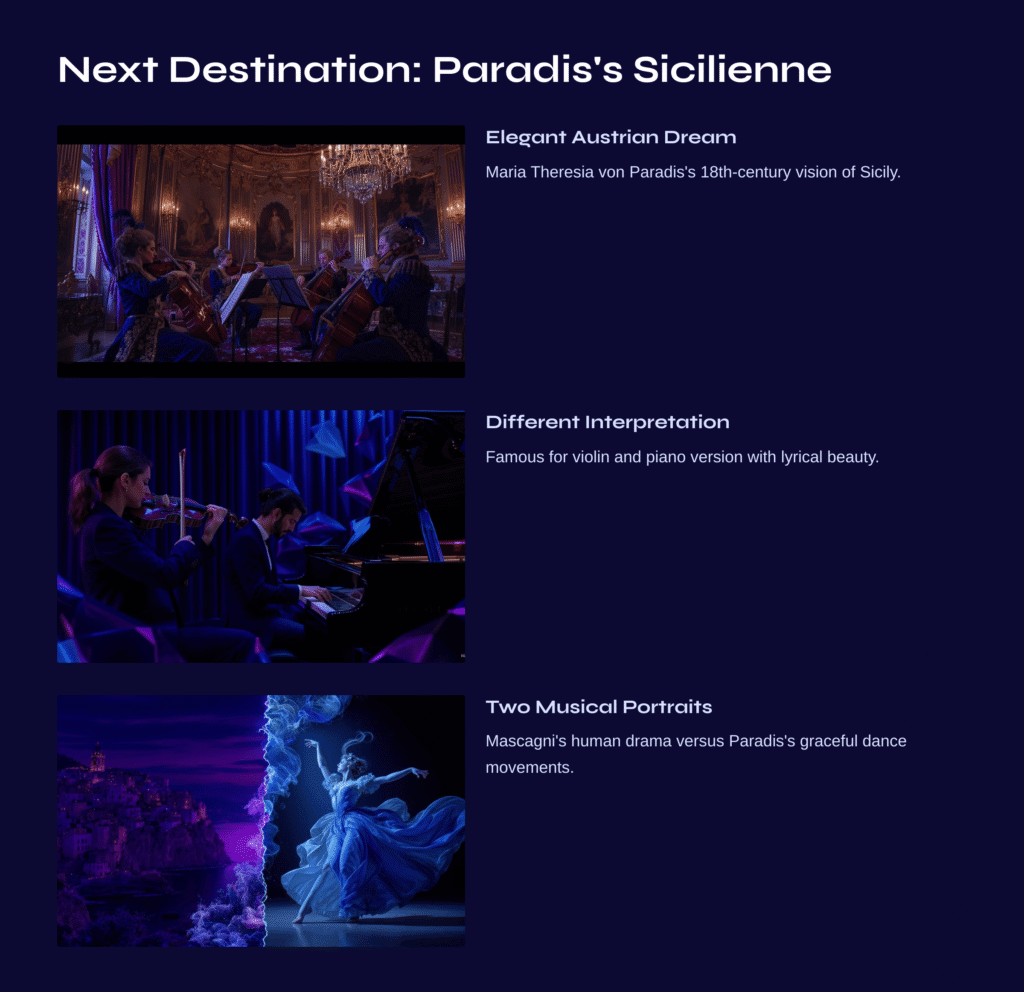
Next Destination: Paradis’s Sicilienne
If you’re deeply immersed in Mascagni’s Sicilian sentiment, let’s now encounter another “Sicily” born in a different era and country. Maria Theresia von Paradis’s “Sicilienne” is an 18th-century Austrian dream of southern Italy.
Inspired by Baroque-era Sicilian dance forms, this work possesses entirely different charm from Mascagni’s intermezzo. While Mascagni painted realistic and passionate emotions, Paradis depicts Sicily with elegant and lyrical beauty. Particularly famous in its version for violin and piano, this piece sounds like a Sicilian song floating from an 18th-century aristocratic salon.
Fascinatingly, both works draw inspiration from the same land of “Sicily,” yet create completely different musical portraits depending on era and perspective. Mascagni’s human drama unfolding under the hot sun, and Paradis’s graceful dance movements. Listening to both together, you can feel how music can interpret the same material in entirely different ways.

